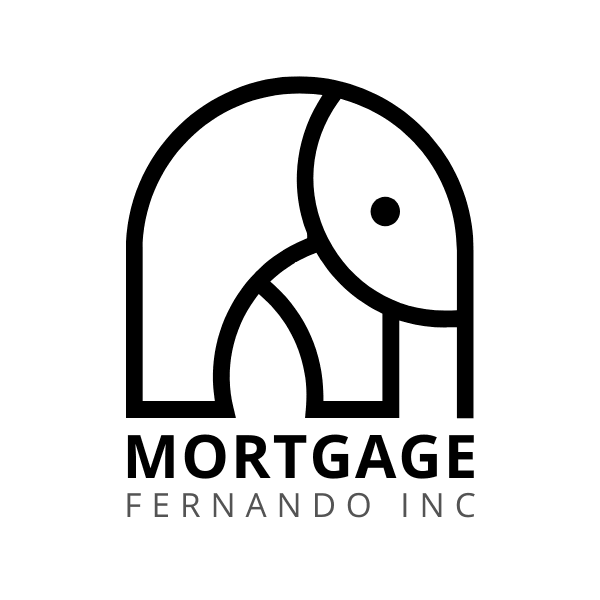Introduction
Canada’s stable real estate market, combined with favourable interest rates and rising demand for rentals, makes it an ideal landscape for real estate investors to employ the BR strategy. This approach—Buy, Rehab, Rent, Refinance, Repeat—allows investors to generate cash flow, build equity, and expand their portfolios without continually investing fresh capital. This guide covers each phase of the BRRRR process, with insights and tips specific to the Canadian market. Whether you're a seasoned investor or a newcomer, this guide provides a practical roadmap to achieving success with BRRRR.
Step 1: Buying a Property
Selecting the right property is critical to a successful BRRRR investment. Here's what to keep in mind:
1.1 Identifying Ideal Properties
Look for Value-Add Opportunities: Seek distressed properties below market value with renovation potential.
Target High-Growth Areas: Focus on neighborhoods experiencing growth, especially those with economic drivers like new businesses or universities.
Research Local Demand: High rental demand in certain neighborhoods can boost rental income and property appreciation.
1.2 Navigating Canadian Real Estate Regulations
Understand Local Market Conditions: Stay up-to-date on trends, from property values to rental rates.
Know the Legal Requirements: Familiarize yourself with zoning laws, building codes, and landlord-tenant regulations at federal and provincial levels.
Seek Professional Advice: Consulting with real estate professionals or a lawyer can ensure compliance and smooth transactions.
1.3 Negotiation Tips
Use Inspections as Leverage: Highlight any necessary repairs as a negotiation point for a lower price.
Offer Strategic Incentives: A quick closing or cash offer can make a lower bid more appealing.
Research Comparable Properties: Know the market value by comparing similar properties in the area to inform your offer.
Step 2: Rehabbing the Property
Rehabbing the property is key to increasing its value and rental income potential. Here’s how to maximize this step:
2.1 Creating a Renovation Budget
Assess and Prioritize Repairs: Start with a detailed inspection, noting essential repairs and upgrades.
Plan for Contingencies: Add a buffer to your budget for unforeseen expenses.
Focus on High-ROI Renovations: Upgrading kitchens and bathrooms tends to yield the best return.
2.2 Working with Contractors
Vet Your Contractors: Choose contractors experienced in similar renovations and request multiple quotes.
Set Clear Expectations: Establish a timeline and regular check-ins to stay on track.
Stay Involved: Regular updates help ensure progress aligns with the budget and quality standards.
2.3 Increasing Property Value
Prioritize Key Areas: Invest in high-impact upgrades like modern finishes and added amenities, such as a finished basement or outdoor space.
Stay On-Trend: Appeal to a wider audience with modern and appealing design choices.
Step 3: Renting the Property
Renting is crucial to generating income and ensuring cash flow. Here’s how to approach this step strategically in Canada:
3.1 Understanding the Rental Market and Regulations
Know the Area’s Rental Rates: Research local rental prices and vacancy rates.
Stay Compliant: Adhere to landlord-tenant laws and safety regulations, including smoke and carbon monoxide detectors.
3.2 Finding and Screening Tenants
Advertise Widely: Use multiple online platforms to reach potential renters.
Screen Thoroughly: Run background and credit checks, and verify references to select reliable tenants.
Secure Financial Stability: Collect a security deposit and first month’s rent to ensure tenant commitment.
3.3 Setting Rental Rates and Managing Income
Price Competitively: Balance market rates with your property’s condition and location.
Consider Tenant Incentives: Offering perks, like free utilities, can make your property stand out.
Maintain Strong Records: Track rental income and expenses, setting aside funds for future maintenance and repairs.
Step 4: Refinancing the Property
Refinancing allows you to pull out equity from the property to recoup your investment or fund additional purchases.
4.1 Understanding the Refinancing Process
Refinancing Basics: Refinancing involves replacing the existing mortgage with a new one, ideally at a lower interest rate.
Benefits of Refinancing: Pulling equity out of the property can provide funds for future investments or other financial needs.
4.2 Choosing a Lender
Compare Lenders: Research lenders for competitive rates and terms.
Be Aware of Costs: Appraisal fees and closing costs can add up; factor these into your calculations.
Negotiate Terms: Find terms that align with your investment goals, cash flow needs, and long-term strategy.
4.3 Maximizing Cash Flow
Strategic Use of Funds: Leverage equity to acquire additional properties or make value-enhancing improvements.
Lower Interest Rates: A lower rate can reduce monthly payments, increasing your cash flow.
Step 5: Repeating the Process
Once you’ve refinanced and recouped your initial investment, you can repeat the BRRRR strategy, leveraging your experience and equity to grow your portfolio.
Conclusion
The BRRRR strategy offers Canadian investors a powerful approach to real estate, enabling cash flow generation, equity building, and portfolio growth. By mastering each stage—buying, rehabbing, renting, refinancing, and repeating—you can achieve long-term financial success in real estate.
For more tips on real estate investing and exclusive insights, subscribe to our newsletter. Best of luck with your investment journey in the Great White North!

